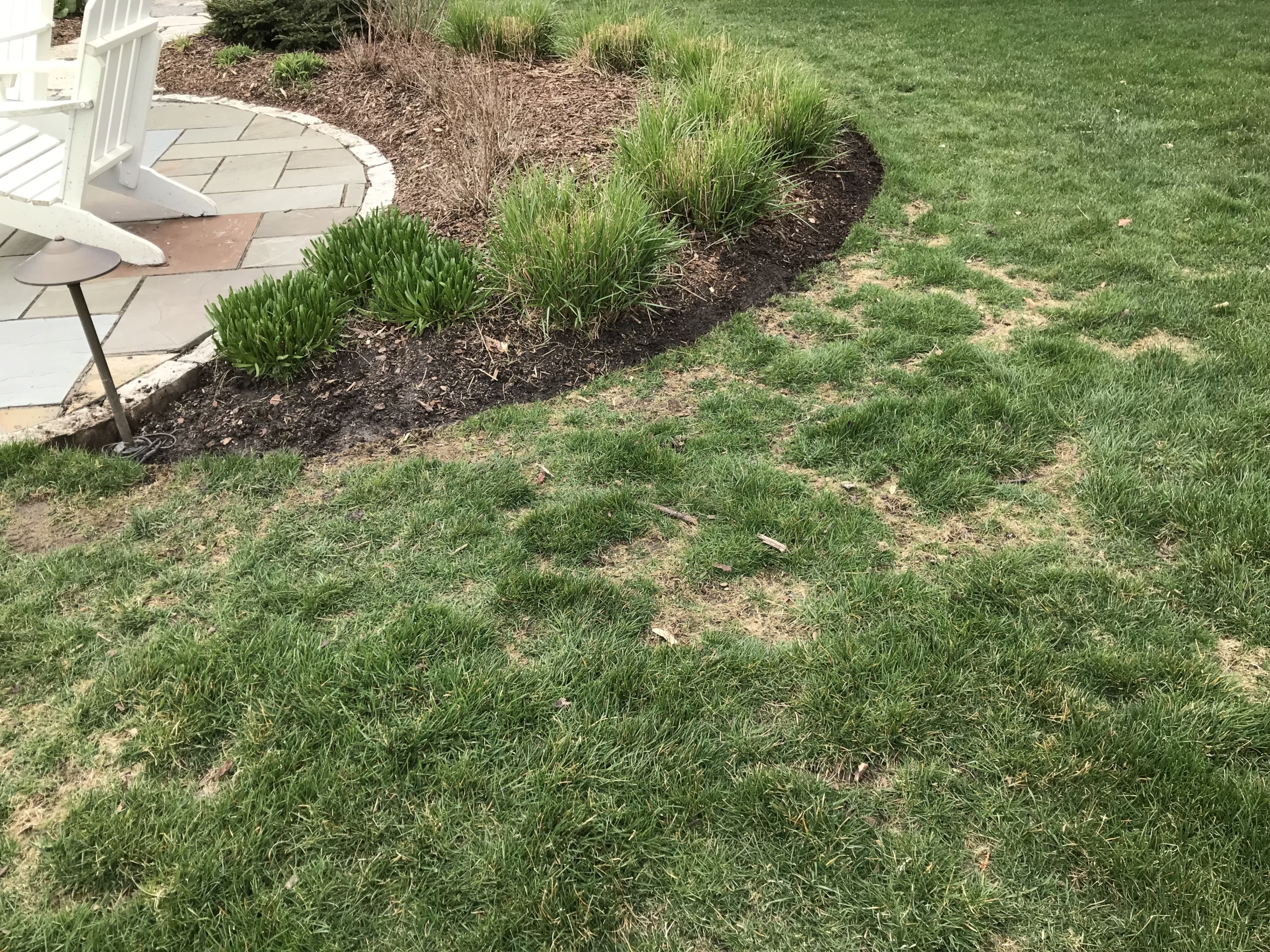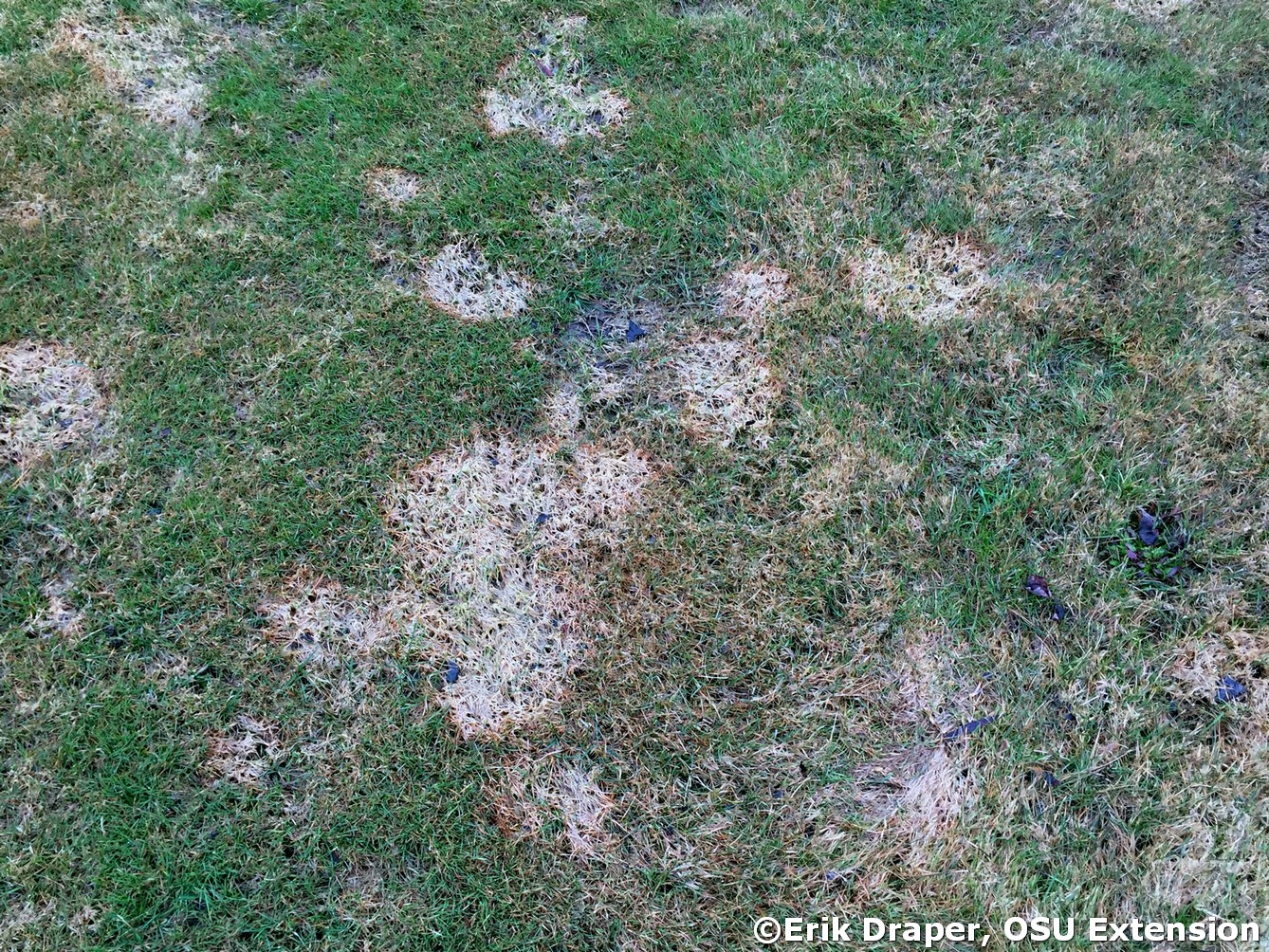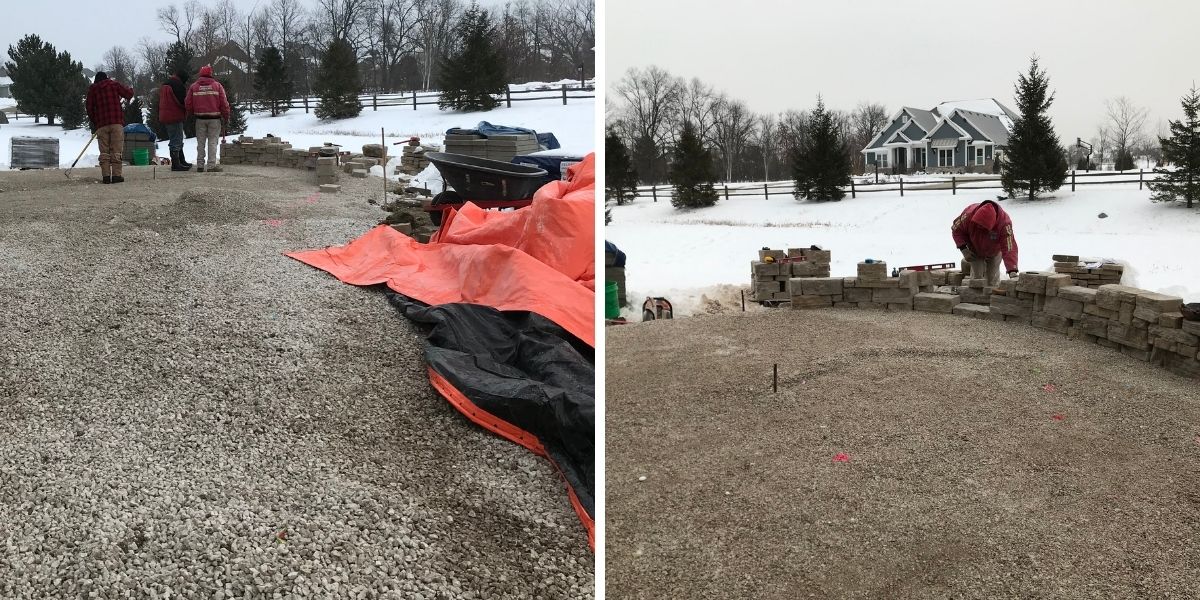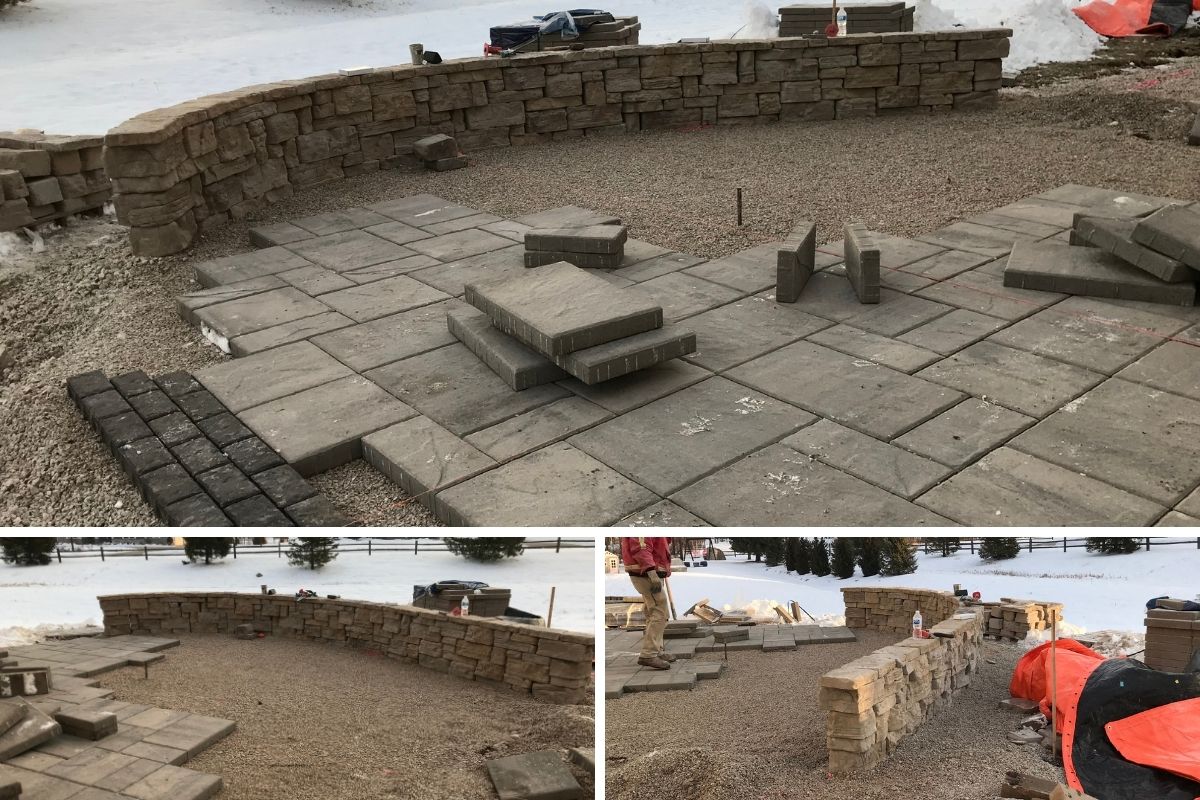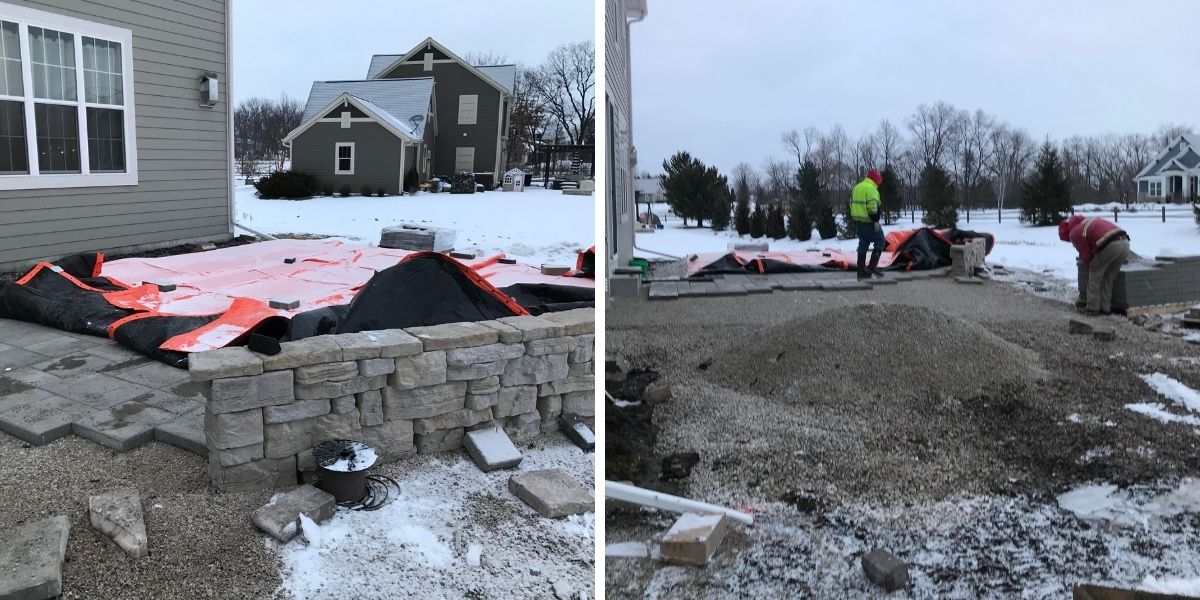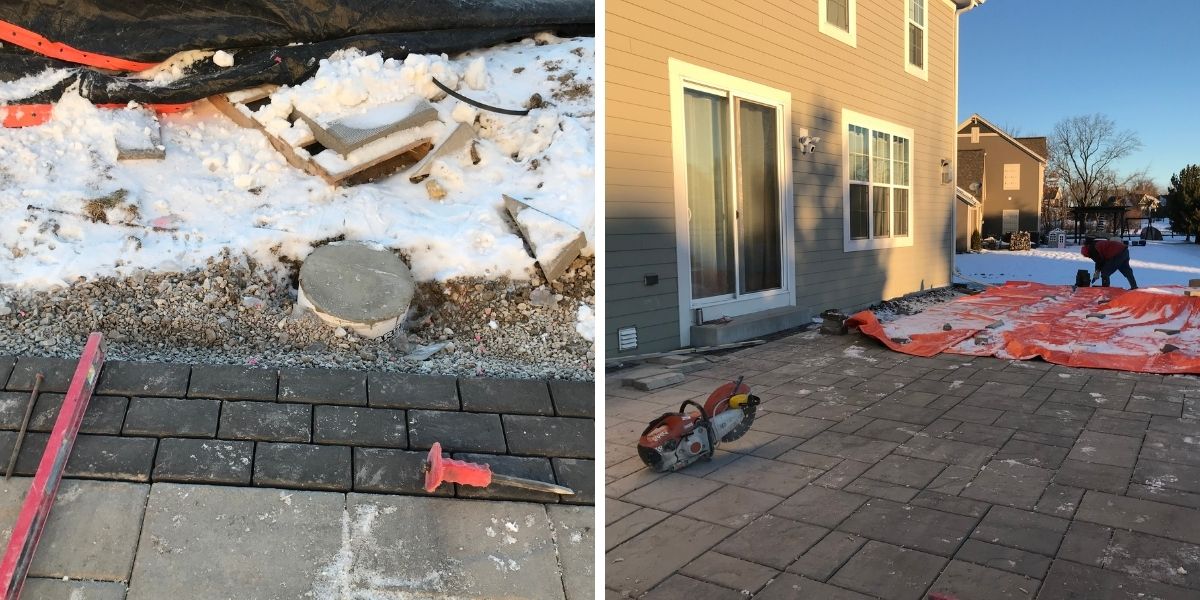Commercial Snow Services in Lake Country: Prevent Disruptions at Your High-Traffic Facility
Winter in Lake Country, WI, may be picturesque, but it also presents many challenges. For high-traffic facilities, heavy snowfall can mean more than a beautiful view; it can bring disruptions, safety hazards, and operational headaches.
Imagine a retail parking lot rendered impassable, a healthcare facility struggling to maintain patient access, or a distribution center unable to load and dispatch trucks. The stakes are high, and preparation is key.
That’s where our commercial snow services step in. Proactive and reliable snow removal ensures your facility stays open, safe, and functional all winter. With the support from American Landscape, you can prevent winter from interrupting business as usual and focus on what matters most—serving your customers, patients, and staff.
The Critical Role of Snow Removal for High-Traffic Facilities
Heavy snowfall can create significant challenges for facilities that cannot afford downtime.
Even a few hours of inaccessibility can lead to cascading disruptions for these businesses, affecting schedules, safety, and bottom-line performance.
With clear and safe facilities, customers, patients, and employees can navigate your premises confidently, even during the harshest winter storms.
Snow removal isn’t just about clearing pathways; it’s about maintaining trust and delivering on the promise of uninterrupted service for our clients.
6 Reasons to Choose Our Commercial Snow Services in Lake Country
Winter weather presents unique challenges, especially for facilities that must operate without interruption. Opting for a professional and thorough snow removal service, such as those offered by our team at American Landscape, is crucial for ensuring your operations run efficiently.

Here are six reasons why businesses in Lake Country rely on commercial snow services:
1. 24/7 Availability and Reliability
High-traffic facilities in Lake Country can’t afford downtime when heavy snow hits. Our reliable snow services ensure uninterrupted operations by responding promptly to snow and ice accumulation.
With our on-call availability, businesses don’t need to wait for regular hours to address weather-related issues. Readiness provides peace of mind and ensures seamless operations.
2. Proactive Pre-Winter Preparation
Proactive preparation is a hallmark of American Landscape’s professional snow services. We’re always prepared for the season with a full stock of salt and de-icing products.
Equipped with specialized tools like skid steers and front loaders, our team handles snow removal quickly and efficiently, even in severe weather conditions. This level of preparation minimizes downtime and keeps facilities functional for our clients.
3. Advanced Communication for Peace of Mind
Clear and consistent communication is vital during winter storms. Our commercial snow services offer tailored updates to each facility, including real-time alerts and site-specific maps. Predictive notifications help our clientele prepare in advance for incoming storms, reducing risks and ensuring readiness. This transparency fosters trust and keeps operations running smoothly.
4. Enhanced Safety: Avoiding Slip-and-Fall Incidents
Safety is a top priority for high-traffic facilities. Our comprehensive ice control measures, including anti-icing treatments, keep surfaces safe before, during, and after snowstorms.
By prioritizing safety, snow services reduce accidents, enhance morale, and protect businesses from liability claims, creating a secure environment for everyone.
Proactive Measures Include:
- Regular salting and de-icing applications.
- Immediate response to icy conditions.
5. Customizable Services Tailored to Your Facility’s Needs
No two facilities are alike, and our commercial snow services understand that. Tailored snow removal plans address specific access points and operational priorities, ensuring every property area is covered. Whether servicing small businesses or large distribution centers, these scalable solutions meet the unique demands of each facility.
6. Turf Protection for Long-Tem Care
Heavy snow removal equipment can sometimes damage turf or landscaped areas. At American Landscape, we include turf damage repair in our contracts, ensuring properties remain pristine year-round. Handling sensitive areas with care minimizes long-term damage and maintains your facility’s aesthetic appeal, even during the harshest winters.
Trust American Landscape for Reliable Commercial Snow Services
For 50 years, the American Landscape team has provided Lake Country, WI, with professional snow removal services designed to meet the unique needs of high-traffic facilities. Our 24/7 availability, pre-winter preparation, advanced communication, and unwavering commitment to safety make us a trusted partner for businesses across the state.
Don’t let winter weather disrupt your operations.
Contact American Landscape today to learn more.

